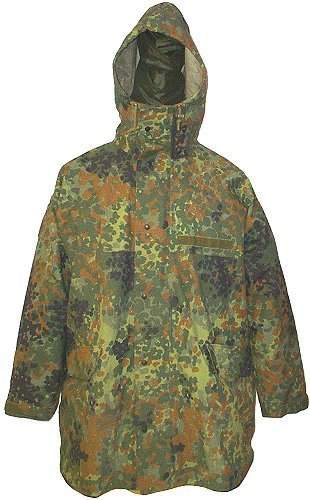

Denmark- A three-color variant of the pattern, with dark green replacing tan.Other variations include Japan's Type II Camouflage Type 03 Plateau camouflage, used by the Chinese military in Tibet and an urban variation used by some police units in Poland.įlecktarn variant of the Japan Ground Self-Defense Force, 2010 A variation of the Flecktarn camouflage is also used by the Russian Army and is called Sever (Russian for "north"), sometimes also referred as Flectar-d. Flecktarn was seen as controversial because of its (vague) resemblance to the Waffen-SS "peas" and "oak leaves" patterns, which also used dots in various colors.įlecktarn is the basis for Bundeswehr Wüstentarn (desert camouflage), Danish T/78 camouflage and Danish M/84 camouflage, including a desert variation of the Danish pattern. France tested Flecktarn for use, but rejected it the Dutch army also tested and rejected it, allegedly because it was "too aggressive". It is also used by snipers of the Österreichisches Bundesheer ( Federal Army of Austria) and Belgian Air Force ground personnel and airborne infantry. In Germany, the Flecktarn camouflage pattern is used by all Bundeswehr service branches, the Heer (army), the Luftwaffe (air force), some Marine (navy) units and even the Sanitätsdienst (medical service).

Flecktarn was only widely introduced in 1990, after trials beginning in 1988.

The Bundeswehr kept its green combat dress throughout the 1980s, however.
Flecktarn camo Patch#
The word is a composite formed from the German words Fleck (spot, blot, patch or pattern) and Tarnung (camouflage). Of the patterns tested, that which is today known as Flecktarn was selected for adoption. One was called "Dots" or "Points", and one was called "Ragged Leaf" or "Saw Tooth Edge".
Flecktarn camo trial#
At least four distinct camouflage patterns were tested during Bundeswehr Truppenversuch 76 ("Bundeswehr Troop Trial 76"). In 1976, the Bundeswehr in Germany developed a number of prototype camouflage patterns, to be trialled as replacements for the solid olive-grey "moleskin" combat uniform. The plane tree pattern (autumn side) in an early version from 1937 Modern Flecktarn


 0 kommentar(er)
0 kommentar(er)
